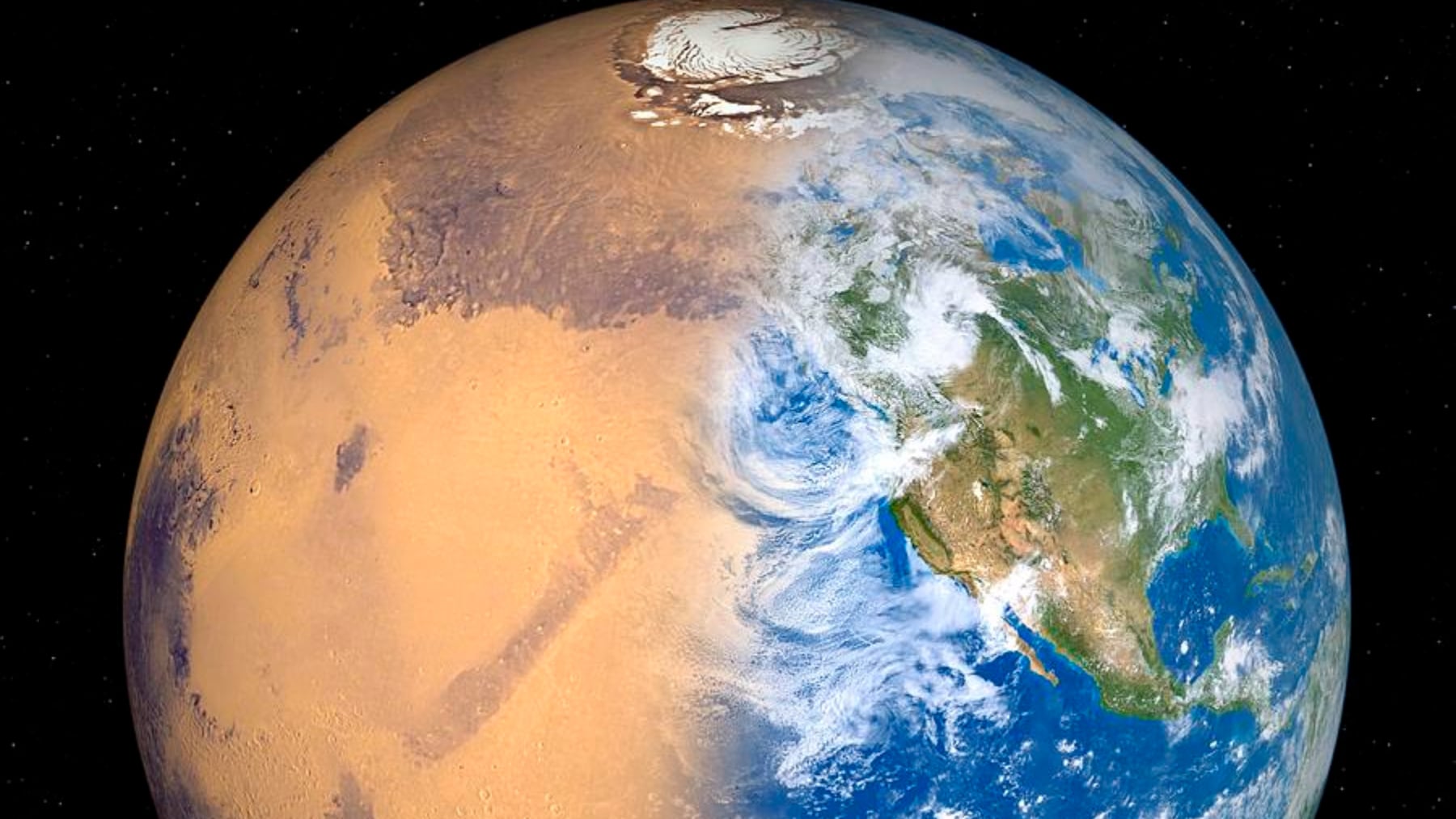For years and decades now the concept of terraforming Mars has kept researchers and science experts on their feet scratching their heads to find a solution. This enthusiasm came from various fictional novels and movies that have given scientists hope that perhaps they can implement this idea. According to research, Mars has the potential to be humanity’s second home and they are trying to make this concept a reality.
If Mars is ever to be terraformed, it will be a monumental task. Terraforming Mars could take decades or even centuries in its initial stages. Additionally, we do not have the technological capacity to implement this initiative. This sobering realisation highlights the enormous obstacles that stand in our way of realising the aim of altering the Red Planet. NASA needs to reassess the grand dream of Terraforming Mars
The dream or vision of making Mars a planet that can give life to humanity is an interesting one. This concept has been part of scientific language and conversation for decades now and it promises not to just give humanity a different perspective, but, also to serve as plan B as the Earth is changing. Scientists have hypothesised that humanity may establish conditions conducive to human life on Mars by releasing greenhouse gases and altering Martian.
NASA has admitted to this impossible mission stating that It is not possible to terraform Mars with current technology. Mars’ thin atmosphere and deficiency in vital resources such as enough carbon dioxide that would be required to start a greenhouse effect and warm the planet are the main obstacles. The idea of converting Mars into an environment more like Earth is significantly more difficult than first thought due to the harsh reality of the planet’s current status.
Therefore, the issue is not entirely based on technology, but also based on the enormity of the resources needed. Less than 1% of Earth’s atmosphere is found on Mars, and the planet does not have a magnetic field to shield it from cosmic radiation. It is therefore a wise idea for scientists and researchers to discard this idea since reports state that it could take thousands of decades to implement this idea. Unless a new technology advances enough to take on this big idea. Obstacles on the journey to a habitable Mars: Scientific, material, and time
Mars does not have the nature or resources that are similar to Earth that can even give us hope. If it comprises less than 1% of what the Earth attributes, then it could be a waste of time, resources and investments. Due to the abundance of carbon dioxide in our atmosphere (earth), heat is retained and a rather stable climate is produced. Mars’s sparse atmosphere prevents the planet from efficiently retaining heat.
According to Bonsor (n.d.), NASA is reportedly developing a solar sail propulsion technology that would harness solar energy to power spaceships through the use of enormous reflective mirrors. Placing these massive mirrors a few hundred thousand kilometres away from Mars would be another way to use them: to heat the Martian surface by reflecting solar radiation.
NASA has found that, even in the event that all of Mars’ CO2 could be released, the atmospheric pressure required for human survival without a spacesuit would not be produced. The entire accessible carbon dioxide is insufficient to generate a habitable atmosphere, and transferring more gases from Earth or other celestial planets is currently beyond our technical capabilities.
The lack of a magnetic field on Mars presents another significant difficulty. The Earth’s magnetic field is essential for protecting the world from solar winds and dangerous cosmic radiation, which would otherwise remove our atmosphere. Mars has a thin atmosphere now because billions of years ago, the planet lost its magnetic field. It is just not possible to build an artificial magnetic shield using the technologies available today in order to terraform Mars.
The idea of terraforming may not be fully realised for several millennia, even though humans might visit Mars this century. It took the Earth billions of years to develop into a planet on which plants and animals could flourish. It is not an easy task to change the Martian landscape to resemble Earth. To create a livable environment and introduce life to the icy, arid planet of Mars, generations of human creativity and labour will be required (Bonsor, n.d).



Considering the toll long-term low gravity takes on people it’s almost certain that’s going to be the case. Having human habitats there is a lot of unnecessary complexity, but maintaining healthy humans in those conditions is categorically worse.